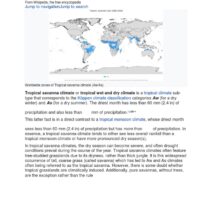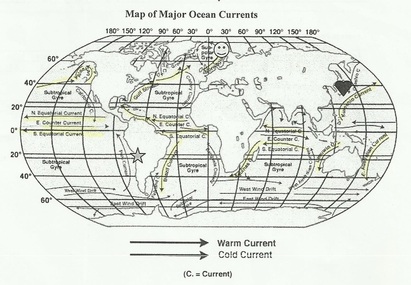The oceans are not merely vast expanses of water; they are dynamic ecosystems that play a pivotal role in regulating the Earth’s climate systems. With over 70% of the Earth’s surface covered by oceans, their influence extends far beyond the shores, affecting global weather patterns, carbon cycles, and even the very composition of the atmosphere. Understanding the complexities of how oceans affect climate is essential for addressing pressing environmental concerns such as climate change, extreme weather events, and rising sea levels.
Oceans as Climate Regulators
Oceans act as colossal thermal reservoirs. They absorb about 90% of the excess heat generated by greenhouse gas emissions. This capacity to absorb and store heat leads to the mitigation of temperature rise on land, providing a buffer against immediate climate shifts. However, this does not come without consequences. As oceans warm, ocean stratification increases, leading to reduced nutrient mixing which can disrupt marine ecosystems. Furthermore, warmer waters contribute to the melting of polar ice, which in turn leads to rising sea levels—a critical concern for coastal communities.
The phenomenon of “ocean acidification” is another significant issue linked to climate change. The absorption of carbon dioxide (CO2) by oceans results in the formation of carbonic acid, decreasing the pH of seawater. This shift in acidity can have dire implications for marine life, particularly organisms with calcium carbonate shells, like corals and certain shellfish. The decreasing availability of carbonate ions can inhibit their ability to form shells, threatening biodiversity and the livelihoods of communities that rely on fishing and tourism.
Currents and Climate Patterns
The intricate web of ocean currents also significantly influences global climate patterns. The thermohaline circulation, or the ocean conveyor belt, is responsible for the transport of warm and cold water across the globe. Centuries-old currents are vital in moderating temperatures; for instance, the Gulf Stream carries warm water from the Gulf of Mexico northward toward Europe, contributing to its temperate climate. Alterations to these currents—due to increased freshwater input from melting ice caps—can have far-reaching effects, including shifts in rainfall patterns and increased severity of storms.
Changes in regional currents can lead to phenomena such as El Niño and La Niña, events that can cause drastic changes in weather across the globe. El Niño events, characterized by warmer ocean temperatures in the Pacific, can lead to increased rainfall in some areas and droughts in others, while La Niña, associated with cooler ocean temperatures, can have opposite effects. Understanding these patterns is critical for predicting weather extremes and planning for agricultural and disaster management strategies.
Feedback Loops: The Ocean-Atmosphere Connection
The interaction between oceans and the atmosphere creates complex feedback loops that exacerbate climate variability. Increased ocean temperatures lead to higher evaporation rates, contributing to more moisture in the atmosphere. This can result in enhanced precipitation in some regions while others may experience prolonged droughts. Furthermore, warmer oceans can intensify tropical storms and hurricanes, leading to more destructive weather events.
The interplay between the oceans and the atmosphere also affects global wind patterns. Changes in sea surface temperatures can influence the jet stream, which in turn impacts weather systems across continents. These alterations can complicate weather forecasting and exacerbate the impacts of climate change on vulnerable regions worldwide.
Mitigating Climate Change Through Ocean Conservation
In light of the oceans’ significant role in climate regulation, ocean conservation becomes imperative. Initiatives aimed at reducing plastic pollution, overfishing, and habitat destruction can enhance the resilience of marine ecosystems, thereby reinforcing their ability to regulate climate effectively. Protecting and restoring mangroves, seagrasses, and coral reefs not only helps maintain biodiversity but also contributes to carbon sequestration, as these ecosystems are efficient at capturing and storing carbon dioxide.
Furthermore, sustainable fishing practices and marine protected areas can ensure the health of fish stocks and the overall ecosystem. The implementation of technologies such as aquaculture can reduce pressure on wild fish populations while providing a sustainable protein source for human consumption. Educating the public about the interconnectedness of ocean health and climate stability is critical for fostering a culture of conservation.
The Role of Research and Innovation
Scientific research plays a vital role in unraveling the complexities of ocean-climate interactions. Continued investment in ocean monitoring systems, climate modeling, and innovative technologies can provide valuable data to inform policy decisions and conservation strategies. The development of marine renewable energy sources, such as solar and wind energy, can also contribute to reducing dependence on fossil fuels and mitigating climate change impacts.
In conclusion, the oceans are indispensable allies in the fight against climate change, but they are under immense pressure from human activity. Protecting oceanic ecosystems and understanding the intricate relationships between these systems and climate patterns will be crucial in developing effective solutions to address climate-related challenges. By prioritizing ocean conservation, we not only safeguard marine biodiversity but also enhance our planet’s resilience to climate impacts.








